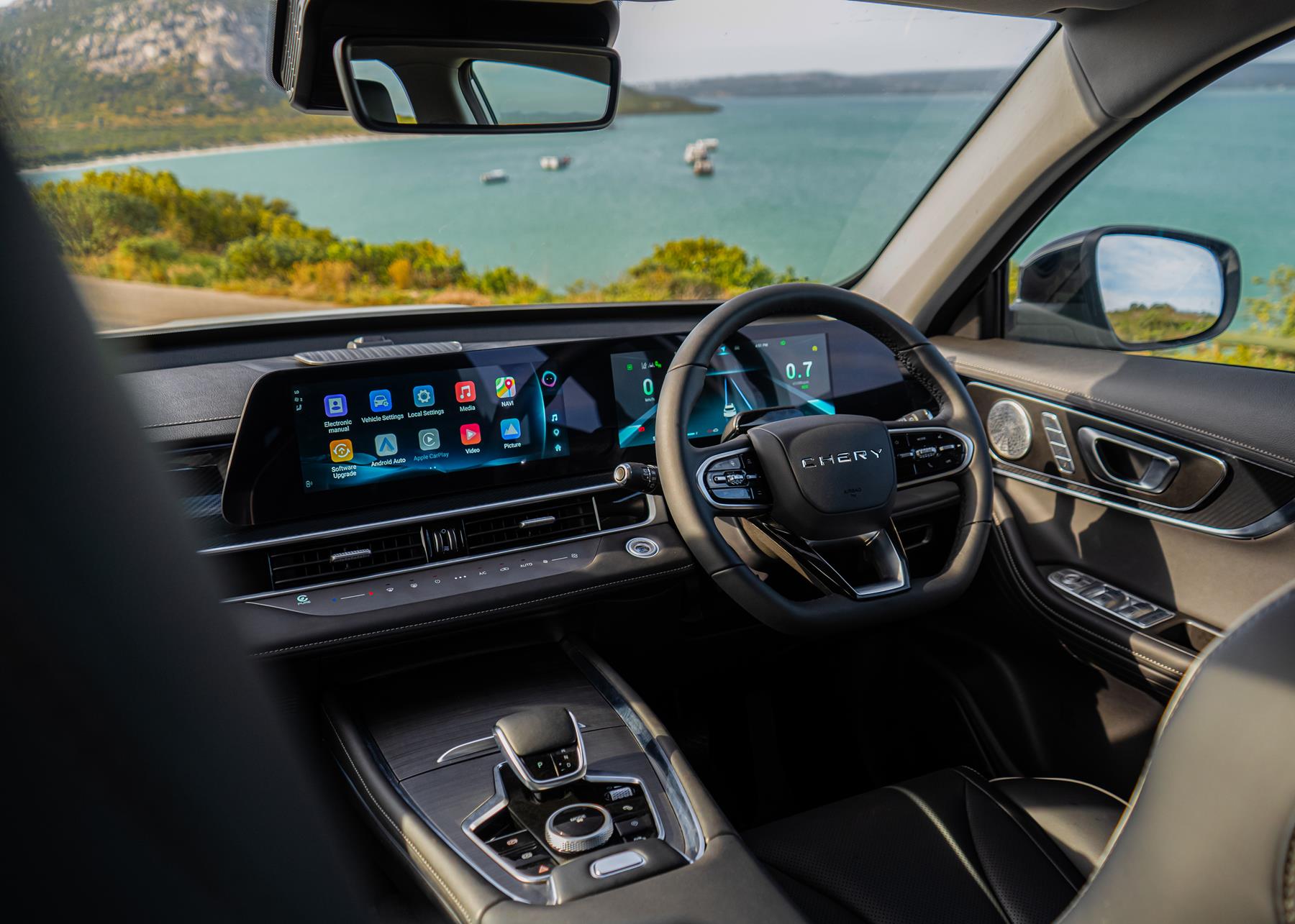
The suspension of C-Class sedan production at Mercedes-Benz South Africa's (MBSA) East London plant until late July underscores a deepening crisis within South Africa's vehicle assembly sector, according to Renai Moothilal, chief executive of the National Association of Automotive Component and Allied Manufacturers (Naacam). Moothilal describes production plant volume cuts as increasingly frequent over the past two years.
MBSA confirmed the planned non-production period from 24 June to 30 July, attributing it to sufficient existing stock meeting current demand and standard procedure for volume adjustments. Operations are set to resume on a two-shift basis from 1 August. Naacam indicates component suppliers received advance notice of this specific shutdown.

"This planned closure aligns with patterns observed across the South African vehicle assembly landscape for approximately two years," Moothilal stated. "While uncertainty stemming from US tariff situations presents obvious market issues, the persistent volume reductions pose a significant threat to the business sustainability of component manufacturers."
Naacam has documented numerous local component plant closures and associated job losses directly linked to assemblers failing to achieve the production volumes initially projected when vehicle platforms were launched. "This correlation is clear and has occurred at several assemblers locally since 2023," Moothilal emphasised.
He points to the anticipated 2025 policy review of the government's Automotive Production and Development Programme (APDP), led by the Department of Trade, Industry and Competition, as a critical juncture. Moothilal argues the review must urgently devise mechanisms to shield component companies from the damaging impact of volatile assembly volumes. Currently, vehicle manufacturers receive the largest portion of APDP incentives, including cash and duty rebates tied to assembly volumes and domestic value addition.

"The goals of the South Africa Automotive Masterplan 2035 (SAAM 35) concerning localisation and employment hinge on addressing this imbalance," Moothilal warned. "Failure to do so jeopardises these objectives." When SAAM 35 was drafted between 2016 and 2018, average local content in domestically assembled vehicles stood below 40%, ranging from roughly 30% for high-tech passenger cars to 45% for light commercial vehicles. Moothilal notes that nearly a decade later, this figure remains largely unchanged, despite SAAM 35 targeting 60% local content by 2035. The plan also aims to double employment within the automotive value chain, from about 112 000 to 224 000 people.
Export Reliance and Global Headwinds
MBSA's situation highlights the sector's export dependency. Over 90% of its East London output is shipped to more than 80 global markets, vital as domestic sales for premium brands like Mercedes-Benz have declined sharply. Factors include increased competition from Chinese imports and a consumer shift towards more affordable vehicles.
The parent company, Mercedes-Benz Group, faces its own challenges: a sluggish German economy, potential US tariffs, and surging Chinese competition. The company warned in April of "material impacts" on its financial results if all implemented and announced tariffs remain through 2025.
The European Union, South Africa's largest vehicle export market, presents a mixed picture. While overall EU new car registrations dipped slightly (0.6%) year-to-date until May 2025, battery-electric vehicle (BEV) market share grew to 15.4%. Chinese automakers doubled their EU market share to 5.9% in May 2025 compared to May 2024, demonstrating resilience even amidst new EU tariffs on Chinese EVs by focusing on plug-in and full hybrids. Mercedes-Benz ranked tenth among the top 25 BEV brands in the EU for May, behind Volkswagen (first) and BMW (third), both of which also manufacture in South Africa.

Contrasting African Markets and Local EV Lag
While South Africa contends with production volatility, other African markets show strong growth. Morocco's new car market surged 36.14% in the first half of 2025, selling 112 026 units. Egypt recorded a dramatic 128% year-on-year increase in total automotive sales for May 2025, reaching 14 300 units, with passenger car sales up 98%.
South Africa's automotive sector, contributing 5.2% to GDP (3.2% manufacturing, 2% retail), demonstrated resilience in June 2025 with new vehicle sales climbing 18.7% year-on-year, buoyed by interest rate cuts, controlled inflation, and affordable Chinese imports. However, exports showed signs of strain for major players.
A significant lag remains in electric vehicle adoption. While global EV sales exceeded 17 million units in 2024, growing over 25%, South Africa is a slow starter. Naamsa, the National Association of Automobile Manufacturers of South Africa, is spearheading efforts to build foundational infrastructure. It has commenced work on a national network of 120 publicly accessible EV charging stations along major routes, featuring fast chargers.
Shivani Singh, Naamsa's chief projects officer, highlighted fuel station forecourts as ideal locations due to their traffic, location, and permits. The current scarcity is stark: fewer than 400 public EV chargers compared to 4 800 licensed petrol stations. Timothy Oliver, fuel specialist at Connect Group South Africa, cited capital constraints for diversification and complexities of managing multiple sites as hurdles for retailers.
Naamsa's charging network initiative represents a concrete step towards making EV ownership viable, aiming to replace the unreliable and sparse infrastructure currently available. The success of this infrastructure push, coupled with addressing the fundamental challenges of assembly volume stability and localisation incentives highlighted by Naacam, will be crucial for the future sustainability and growth of South Africa's critical automotive industry.
https://bit.ly/44d0udy



























 The top-spec GLX Auto offers a comprehensive specification list with a slightly larger touchscreen, keyless entry with push-button start, a heads-up display and four additional crash bags compared to the other derivtives in the range.
The top-spec GLX Auto offers a comprehensive specification list with a slightly larger touchscreen, keyless entry with push-button start, a heads-up display and four additional crash bags compared to the other derivtives in the range.




















